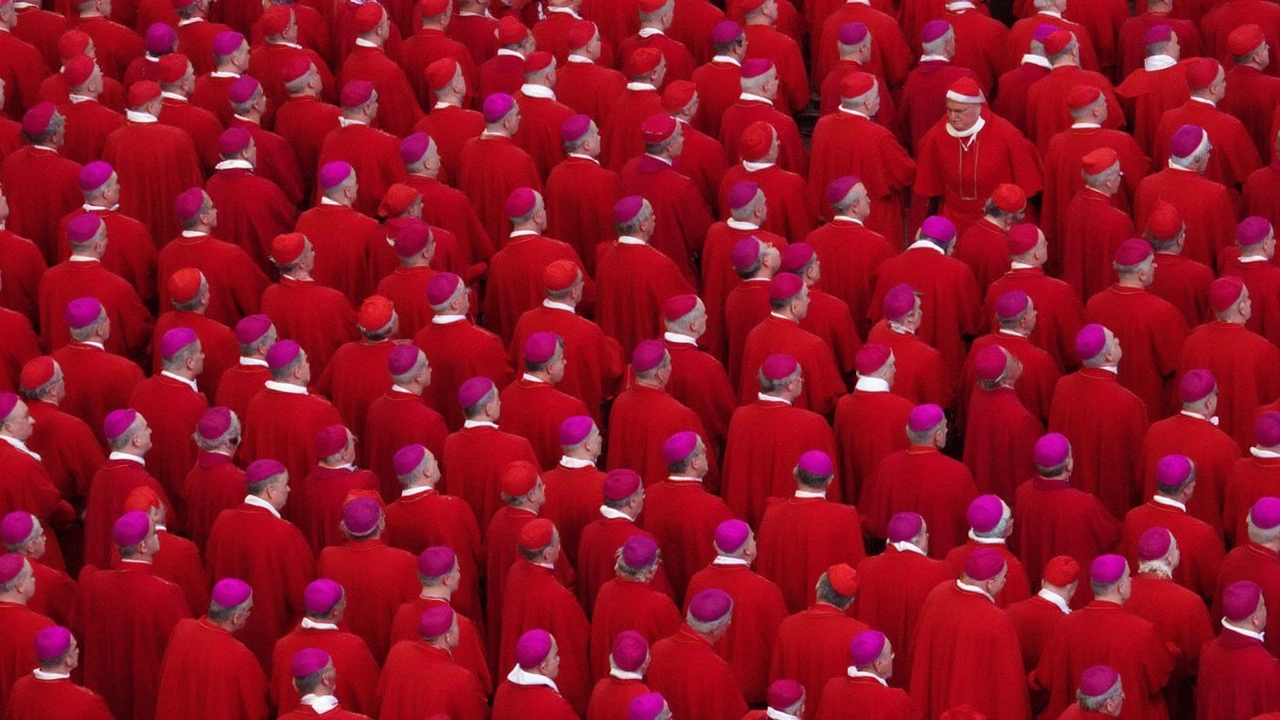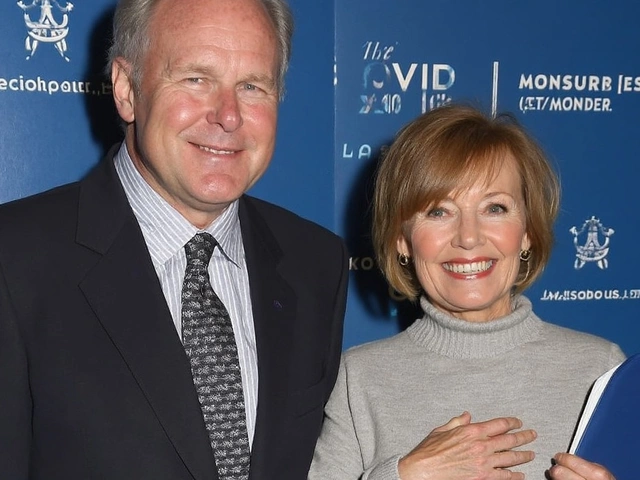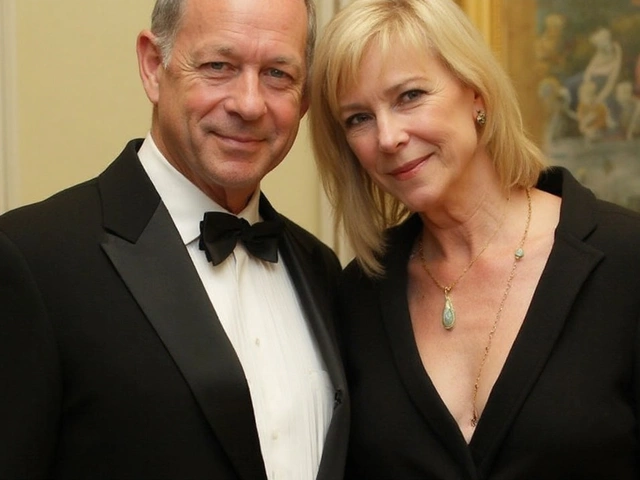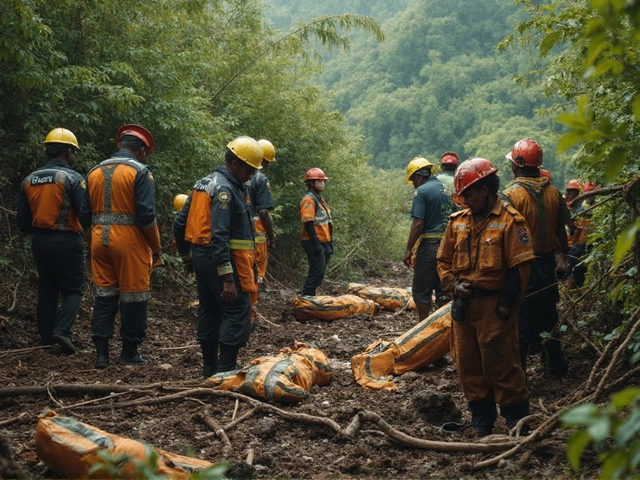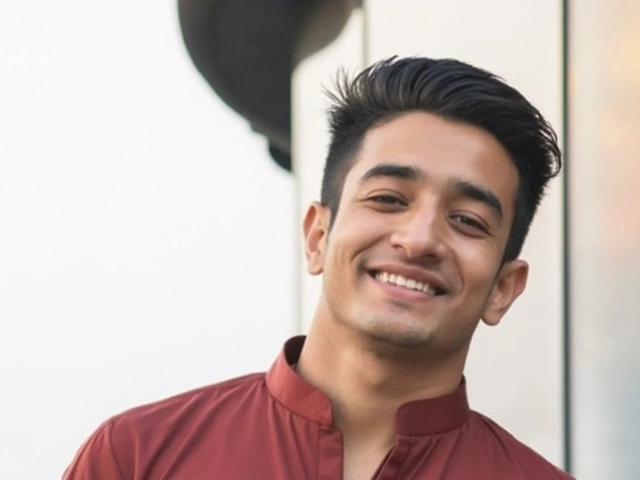The Secret World Inside the Papal Conclave
Choosing a new leader for 1.3 billion Catholics isn't exactly done by a show of hands or a friendly debate. The papal conclave is a blend of ancient tradition and 21st-century security, shrouded in mystery and ritual. The process begins the moment the sitting pope dies or steps down, leaving the world watching—with no clue what happens behind the Vatican’s closed doors.
The College of Cardinals, made up of the church’s highest-ranking officials, takes center stage. But not all cardinals get a say—only those under 80 years old are eligible to vote. They’re summoned to Rome, where they’re kept totally isolated throughout the proceedings. This isolation isn’t just symbolic; it’s enforced with electronic jammers, careful sweeps for bugs, and rules that can feel downright medieval. No phones, no email, no whispers to the outside world—once the command of extra omnes (“everybody out”) rings through the Sistine Chapel, even staff have to leave, and the drama begins.
Votes, Rituals, and Smoke Signals: How a Pope Gets Elected
The voting itself looks more like something out of a historical drama than a modern election. Each day, the cardinals gather beneath Michelangelo’s famous ceiling in the Sistine Chapel to write a name on a slip of paper with the words Eligo in Summum Pontificem—“I elect as Supreme Pontiff.” Twice in the morning, twice in the afternoon, this tense balloting process repeats. Once a vote is cast, it’s not simply counted: three cardinals are picked at random to tally votes, three fetch votes from anyone too ill to attend, and three double-check the whole thing for accuracy.
If a two-thirds majority isn’t reached, those ballots are bundled and burned in a special stove, with chemicals added to send black smoke billowing above the chapel—letting the outside world know it’s time to hang tight. Only when white smoke rises, signaling a successful election, do crowds in St. Peter’s Square erupt with anticipation. If a deadlock drags on past 34 votes, the system shifts—only the top two contenders remain, speeding toward a decision.
Security is intense, almost bordering on paranoia. There’s a reason for it: secrecy ensures the decision is free from outside pressure, political coercion, or leaks. The Vatican takes no chances, using all sorts of modern tools and thorough checks for anything that could compromise the process. In the 2013 conclave, where Pope Francis emerged as a surprise choice after just five rounds, every possible measure was in place to ensure privacy.
But sometimes, this process can drag out. Back in the 13th century, one conclave stretched on for nearly three years, deadlocked by politics and stubbornness. These days, few expect that kind of marathon, but the conclave remains a rare blend of old-world ritual and high-tech isolation—a spectacle as intriguing as the man it aims to select.
